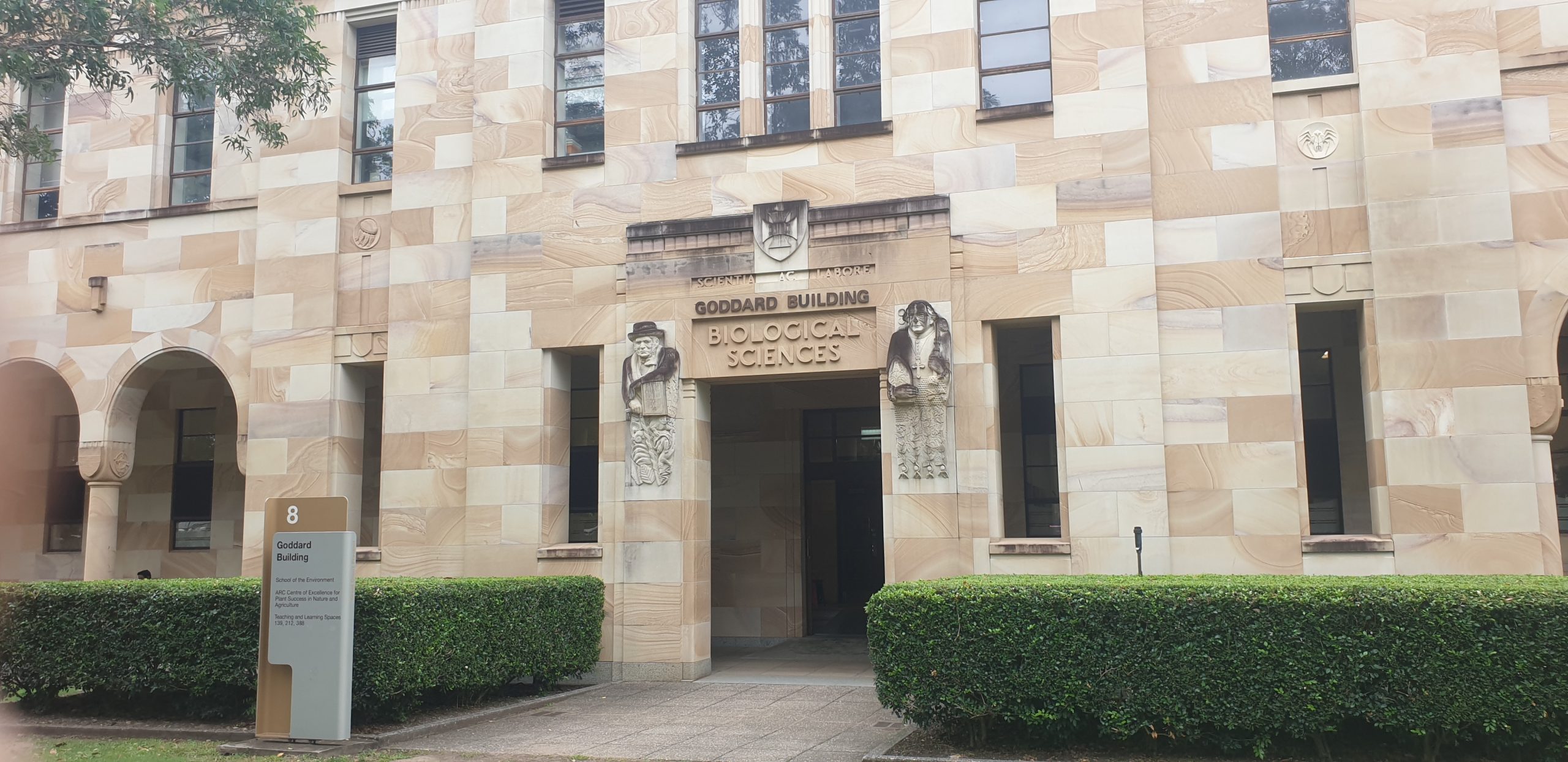
Here at the University of Queensland’s St Lucia campus, we are fortunate to learn and study in heritage buildings of rich historical architecture. The elegant exterior of the Goddard Building is decorated with sculptured features that are remarkable and well-maintained, but its interior might not get the same treatment.
A shared office space between PhD students and academic staff in the Goddard building has recently been evacuated for decontamination. This took place after health concerns were raised around a mound infestation where occupants started experiencing throat irritation and difficulty breathing.
Occupants affected by this evacuation informed us that this had been an ongoing issue for months. The Facilities team previously tried painting the interior with anti-mould paint, seemingly with little effect.
The universities have begun decontaminating the workspace, and ” noting the root causes of these outbreaks are still being investigated, and it is acknowledged Goddard Level 1 does not have fit-for-purpose AC and humidity control, complicated by a building design that predated air conditioning and heritage listing of the façade.”
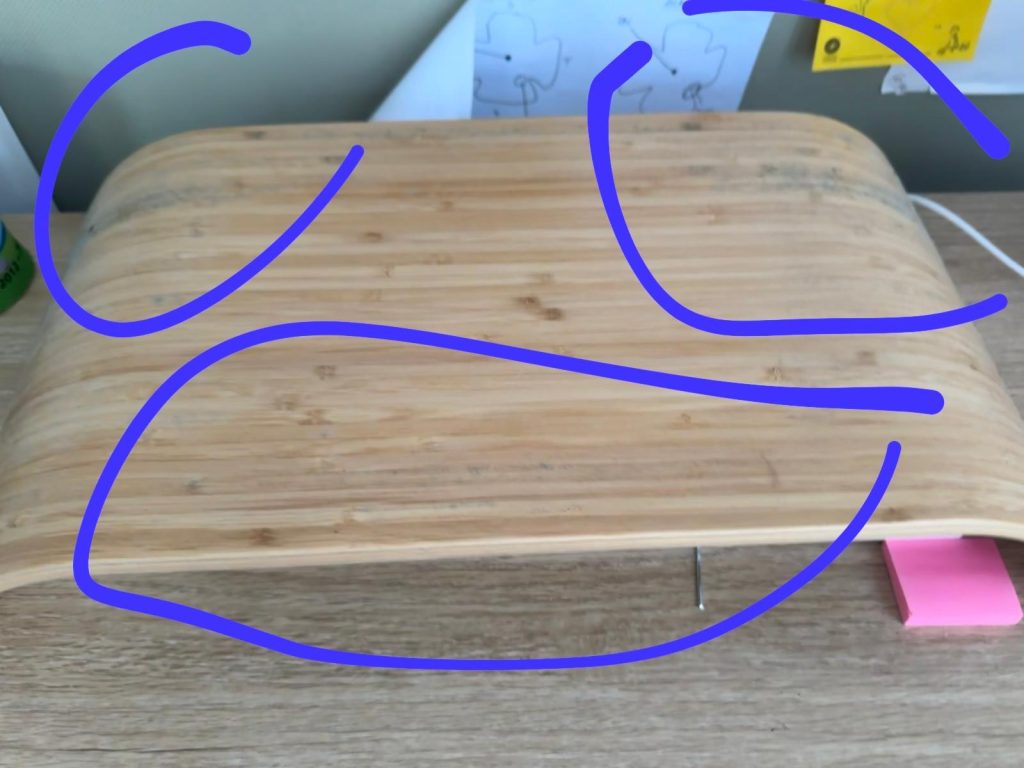
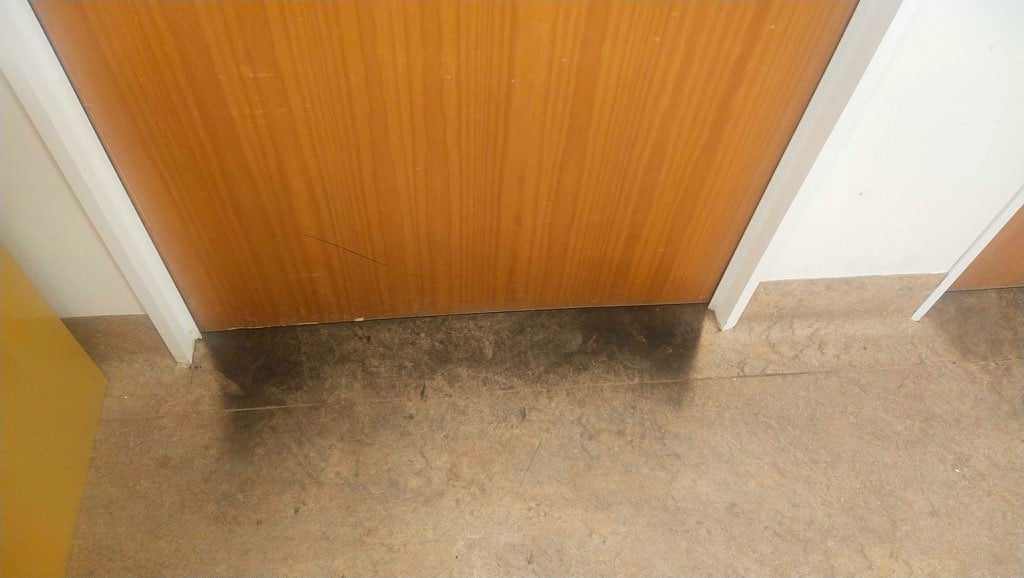
Occupants have also been provided with a university link on how to clean, tips to minimise mould growth in workspaces and how to report mould growth in the future. Apparently, smelling a mouldy stench sufficiently warrants reporting for decontamination.
We went to the office space to take a look ourselves, but the area has been sealed with plastic sheets and is currently off-limits. However, some photos have been sent to us showing the extent of the mould contamination. Most of the office equipment has a visible layer of mould.
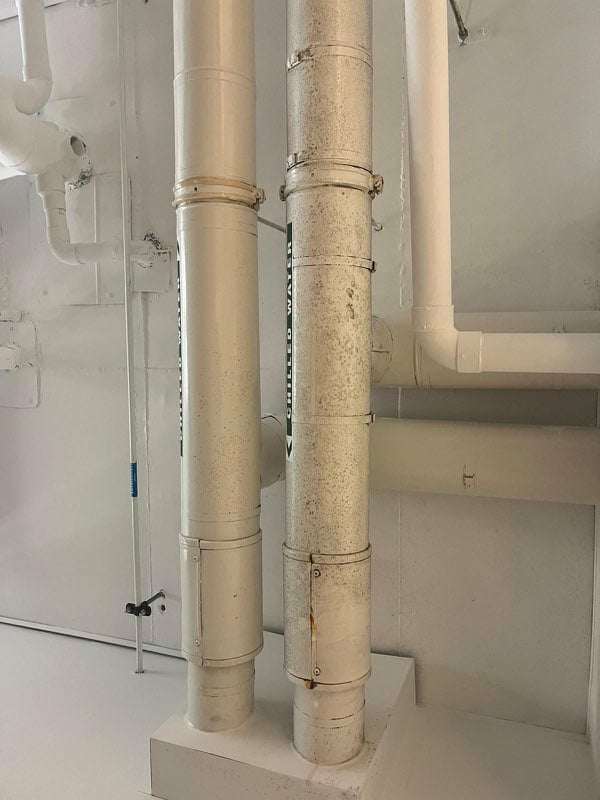
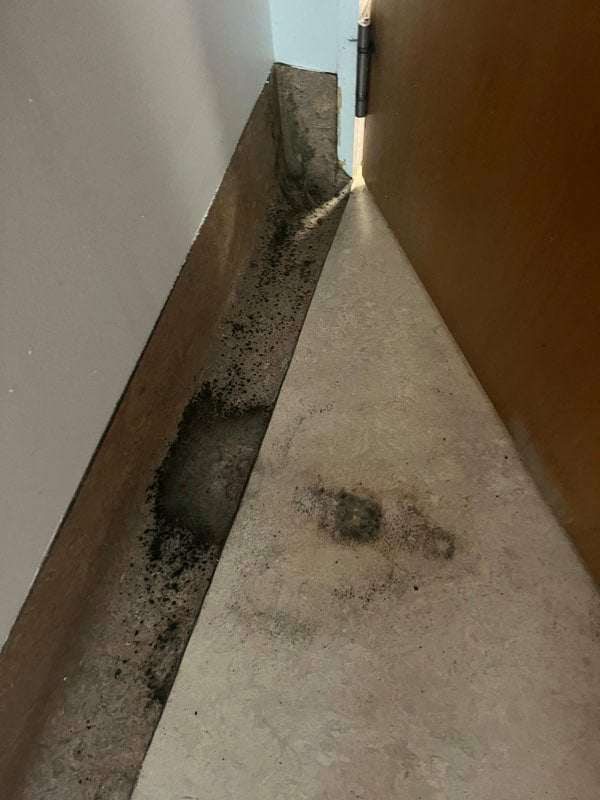
While the office space is currently being decontaminated, we have been made aware that displaced PhD students are now without desk space in the interim. The school has seemingly offered them on the fourth floor ‘hot-desks’, which are the dreaded communal desks that are available on a ‘first come, first served’ basis.
Whilst the occupants appreciate that a thorough cleaning of a heritage building may take longer than desirable (weeks?), the hotdesking solution certainly has not been.
PhD students, including those affected here, are frequently pressured to finish their degrees within three calendar years from their time of commencement, so being displaced for weeks at a time certainly would leave these students frustrated.
We’ve heard similar stories in other buildings in spaces in the Steele building and Chamberlain building, so if you do experience mould in any space on campus, you can find more information for an appropriate response here.
Queensland is a humid state; mould is not uncommon, so what’s the fuss?
As someone who has advocated for PhD students for about half a decade, this is where I’ll indulge a little and turn this part of the story into an editorial piece.
I picked up on this story just because we wanted to highlight a ‘mould problem’ on campus. It’s really about giving PhD students on campus a voice, which we rarely hear about. There is a litany of issues that PhD students face that often go unheard, and consequently, many feel undervalued and disrespected despite playing a critical role in raising the university’s rankings and prestige.
For example, PhD students are often underpaid for their efforts; student services offer little to no support and often have an underrepresented voice on university consultation committees. This is particularly true here at UQ.
It’s also worth noting that among the Group of Eight universities, UQ currently offers the lowest stipend rate to its PhD students at $33,641 per annum.
For comparison, the University of Sydney offers ($40,109), the University of Melbourne ($37,000), Monash University (35,013), UNSW ($37,684) and ANU ($ 34,000), making UQ the lowest-paying Go8 university for PhD students on the east coast of Australia.
So when it comes to being displaced from their desks because of a mould issue, it seemed only fair to give these PhD students a voice to speak out on issues that affect them too.
Views: 203

